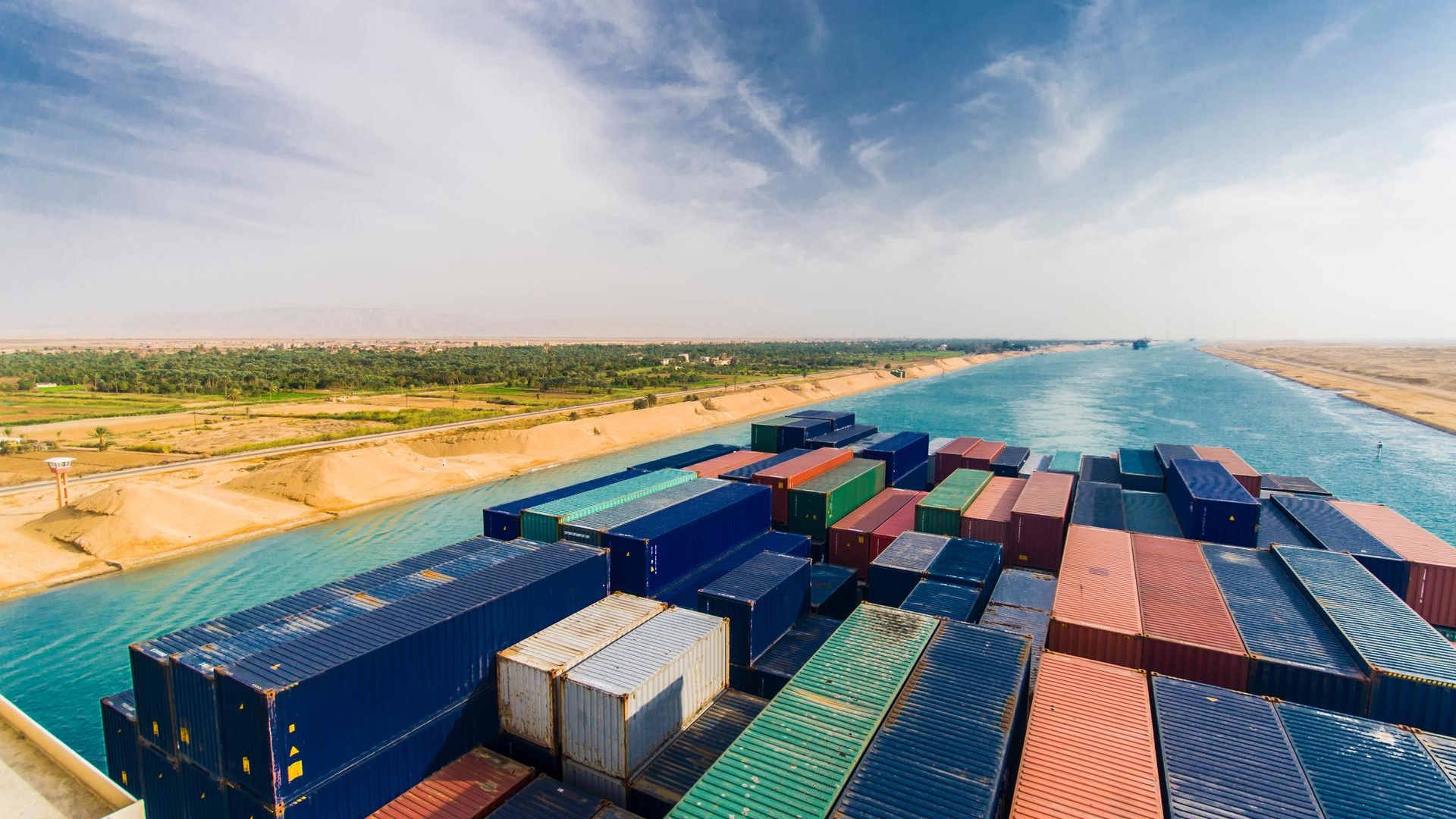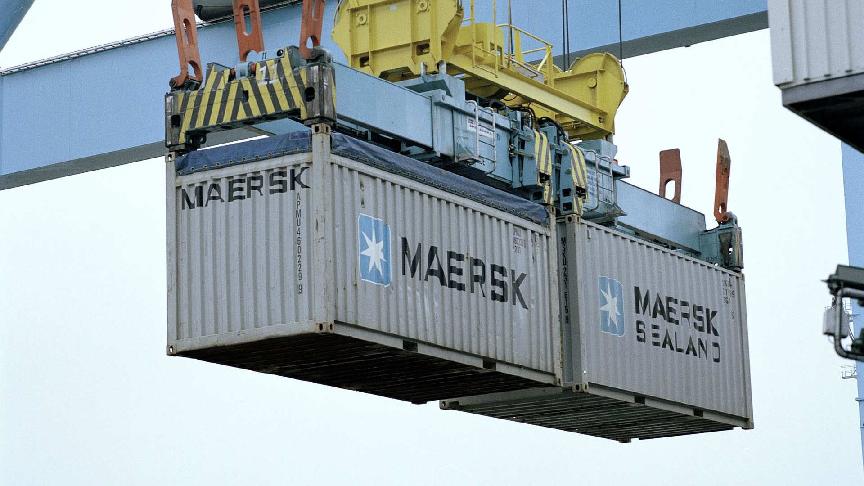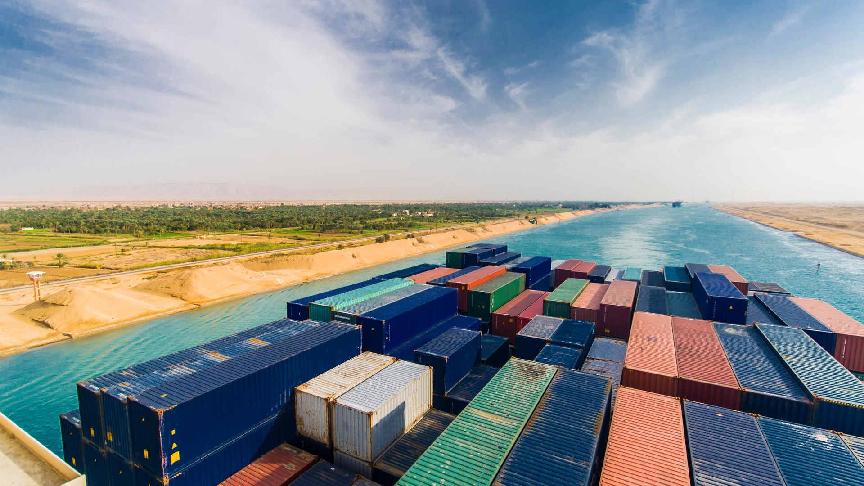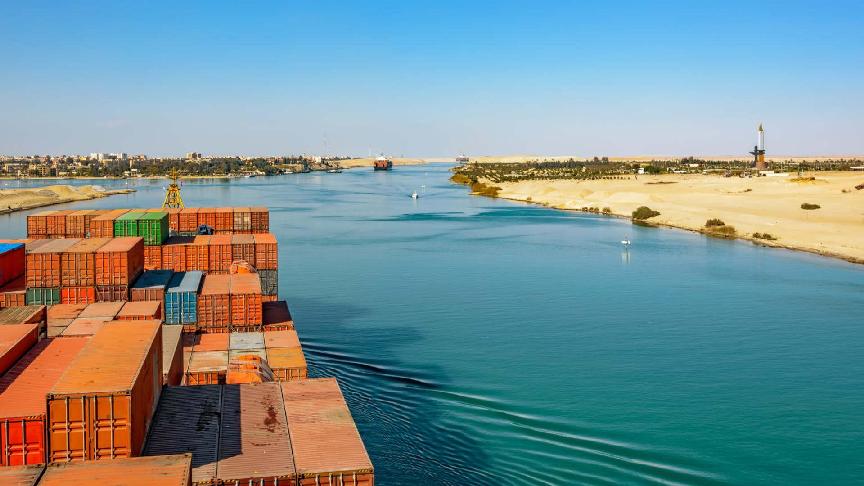by Lloyd's List
THE CMA CGM Benjamin Franklin, currently returning to Asia, has successfully transited the Red Sea, becoming the first ultra‑large container vessel to do so in almost two years.
Meanwhile, several other CMA CGM‑operated megaships — including one on a head-haul voyage to Europe — are heading back toward the region, in what appears to be a further attempt by the French carrier to test the waters for a gradual resumption of the critical Asia–Europe corridor, largely disrupted since late 2023 by Houthi attacks.
The 17,859 teu CMA CGM Benjamin Franklin reactivated its AIS transponder near Socotra Is., at the entrance to the Gulf of Aden, on November 7 after a six‑day blackout that began shortly after it exited the Gulf of Suez.
Similar signal gaps have previously been seen on other CMA CGM vessels when transiting the area, likely to minimize the risk of Houthi targeting.
Lloyd’s List Intelligence vessel‑tracking data indicates the vessel is now in the eastern Arabian Sea and scheduled to reach Port Klang, Malaysia, on November 14.
The ship, named after one of the American founding fathers, is also the first alliance‑operated Asia–Europe vessel confirmed to have returned to the Red Sea. It is deployed on the NEU4 service of the Ocean Alliance, which includes CMA CGM, Cosco Shipping and Evergreen. The vessel departed Southampton, UK, on 25 October for its backhaul voyage to Asia.
Its sister ship, CMA CGM Zheng He, also entered the Suez Canal from the Mediterranean last weekend before switching off its AIS. Its last port call was Le Havre, France. Both ships had earlier sailed around the Cape of Good Hope on their westbound legs, as did most similarly sized vessels on the Asia–North Europe trade.
In addition, the 16,020 teu CMA CGM Jules Verne, deployed on the Ocean Alliance’s Med 2 service linking Asia and the Mediterranean, was tracked near Socotra earlier today after departing Singapore on November 2. Its AIS data shows an expected arrival at the Suez Canal on November 14.
According to container shipping research firm Linerlytica, if the vessel continues its voyage as projected, it could mark the potential reopening of a second Ocean Alliance Far East–Mediterranean service via the Suez Canal.
“Since the onset of the Red Sea crisis, the Alliance’s MED5 has been the only major east–west service regularly using the Suez route,” Linerlytica said in an online note.
These developments come as talks on a Gaza ceasefire have resumed, though the outlook remains fragile. Carriers overall remain reluctant to rush back to the Red Sea corridor, maintaining a cautious stance despite improving signals from the region.
In a recent interview with CNN, Maersk chief executive Vincent Clerc described the truce between Israel and Hamas as “a big step in the right direction for the reopening of the Suez.”
“What we need to see is that this becomes entrenched, [leading to] reconstruction so that we don’t lapse into a new phase of the conflict,” Clerc said. “When that starts to gain momentum, we will reassess the safety situation.”
Reconstruction work in Gaza has begun but remains limited to debris‑clearance operations, expected to take at least two months. Large‑scale rebuilding will depend on a lasting ceasefire and financial pledges from the international community, both of which remain uncertain.
Maersk meanwhile said in its third‑quarter earnings update that Red Sea disruptions are expected to persist through all of 2025.
Linerlytica co‑founder Johnson Leung noted that CMA CGM’s recent moves are unlikely to trigger a full‑scale return to the Suez in the near term, as vessel and cargo safety risks remain high.
Leung told Lloyd’s List that these transits are primarily aimed at improving vessel turnaround times, including repositioning empty containers to Asia more quickly, as long as freight rates are attractive enough. “That effectively acts as an upside hedge against freight rates. Of course, it only happens if the Houthis really allow safe passage.”
Leung added that if an Asia‑to‑North Europe ultra-large containership eventually takes the Red Sea route on its head-haul leg, it would be “significant” — since east‑to‑west voyages carry far more loaded cargo.






